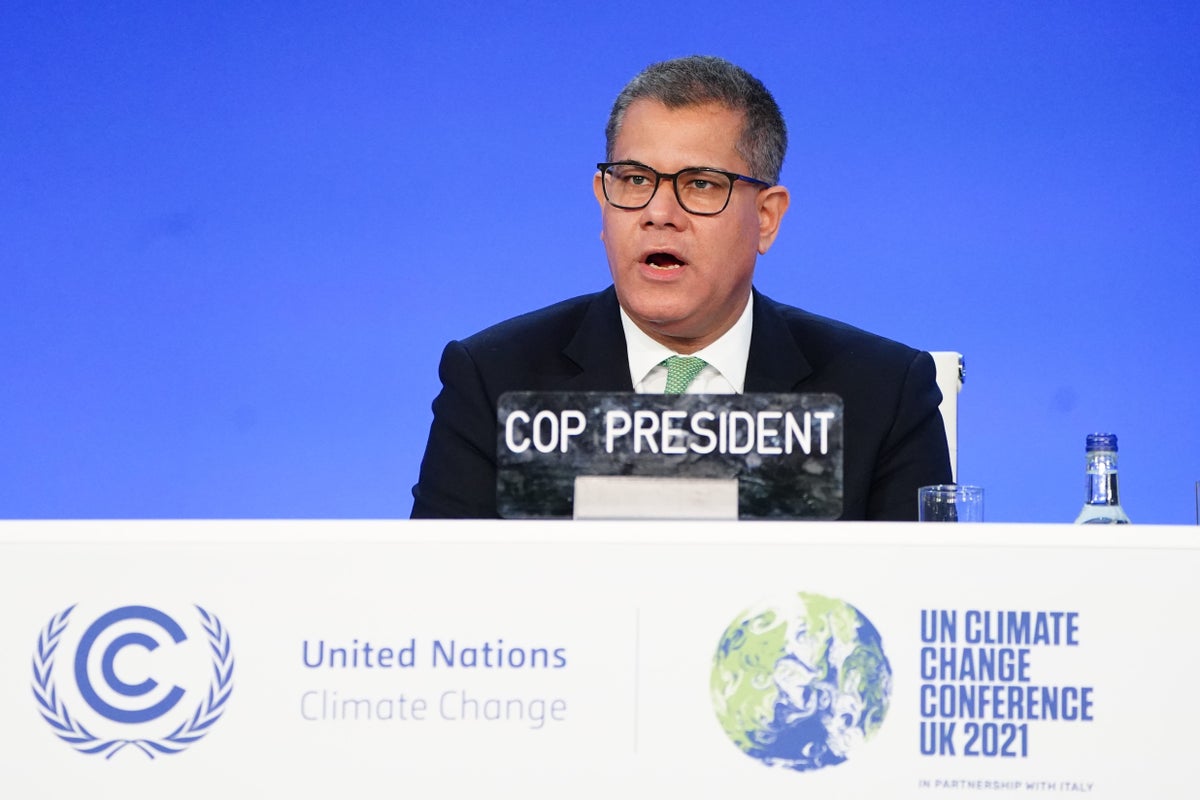Science
COP Climate Summit Websites Emit Seven Times More Carbon

Websites promoting the Conference of the Parties (COP) climate summits are generating approximately seven times more carbon emissions than average websites, according to a recent study by researchers at the Edinburgh College of Art. This alarming finding highlights the environmental impact of digital platforms, particularly those associated with climate discussions.
The research indicates that around 3% of global emissions can now be attributed to internet usage. However, the carbon footprint of official COP host country websites significantly exceeds that of typical web pages. The study, conducted by the Institute for Design Informatics, revealed that emissions from COP websites have soared by over **13,000%** since the first summit in **1995**, culminating in COP29 last year.
COP30 is set to take place in Brazil from **November 10 to 21, 2023**, but experts have expressed concerns that it is not hosted on verified renewable energy infrastructure, further exacerbating its carbon output.
Analysis of Carbon Footprint Growth
Researchers examined web archive data to track changes in the carbon emissions of COP websites over the past three decades. They found that emissions remained relatively low until COP14 in **2008**, with sites emitting an equivalent of **0.02 grams** of carbon per page view. However, from COP15 onward, emissions surged, with average pages now emitting more than **2.4 grams** of carbon per visit. In comparison, the average website emits about **0.36 grams** of carbon per page view.
The study noted that website views during COP3 in **1997**—the first year with accessible data—resulted in emissions equivalent to **0.14 kilograms**, roughly equal to what a mature tree absorbs in two days. In stark contrast, the **116.85 kilograms** of carbon emitted from visits to the COP29 homepage alone would require up to ten mature trees a full year to absorb—an increase of over **83,000%**.
The researchers attribute this dramatic rise in emissions to the increasing use of high-bandwidth content, such as multimedia files, which demand greater computing power.
Recommendations for Reducing Digital Emissions
To mitigate these environmental impacts, the researchers have proposed several strategies. They recommend placing strict limits on page sizes, optimizing site layouts, and migrating websites to servers powered by renewable energy.
This analysis is unique as it marks the first instance of web archives, such as the Internet Archive, being utilized to assess the environmental impact of websites over time. The findings were published in the journal **PLOS Climate**.
Professor Melissa Terras, a lead researcher at the Institute for Design Informatics, emphasized the importance of scrutinizing the digital footprint of websites. She noted, “The carbon cost of digital presence is often overlooked by even those who care about, and are meant to protect, the environment. We hope our recommendations and our tool can help institutions identify and tackle this issue.”
PhD student David Mahoney added, “Websites remain the longest-standing and most widespread form of human-computer interaction, and one of the largest contributors to the internet’s environmental impact. Our work shows how reusing web archives can expose this growing blind spot, even among organizations at the heart of climate discussions, and help identify practical ways to cut digital emissions.”
Professor Frauke Zeller also expressed enthusiasm for the research, stating, “We are excited to showcase this innovative research and how it creates impact on a wider academic, societal, and international scale.”
The COP organization has been contacted for comment regarding these findings and the implications for future summits.
-

 Health3 months ago
Health3 months agoNeurologist Warns Excessive Use of Supplements Can Harm Brain
-

 Health3 months ago
Health3 months agoFiona Phillips’ Husband Shares Heartfelt Update on Her Alzheimer’s Journey
-

 Science2 months ago
Science2 months agoBrian Cox Addresses Claims of Alien Probe in 3I/ATLAS Discovery
-

 Science2 months ago
Science2 months agoNASA Investigates Unusual Comet 3I/ATLAS; New Findings Emerge
-

 Science1 month ago
Science1 month agoScientists Examine 3I/ATLAS: Alien Artifact or Cosmic Oddity?
-

 Entertainment5 months ago
Entertainment5 months agoKerry Katona Discusses Future Baby Plans and Brian McFadden’s Wedding
-

 Science1 month ago
Science1 month agoNASA Investigates Speedy Object 3I/ATLAS, Sparking Speculation
-

 Entertainment4 months ago
Entertainment4 months agoEmmerdale Faces Tension as Dylan and April’s Lives Hang in the Balance
-

 World3 months ago
World3 months agoCole Palmer’s Cryptic Message to Kobbie Mainoo Following Loan Talks
-

 Science1 month ago
Science1 month agoNASA Scientists Explore Origins of 3I/ATLAS, a Fast-Moving Visitor
-

 Entertainment2 months ago
Entertainment2 months agoLewis Cope Addresses Accusations of Dance Training Advantage
-

 Entertainment3 months ago
Entertainment3 months agoMajor Cast Changes at Coronation Street: Exits and Returns in 2025









